According to the forecast of the National Center for Hydro-Meteorological Forecasting, at 10:00 a.m. on October 21, 2025, the center of the storm was located at about 17.8 degrees North latitude; 112.4 degrees East longitude, about 125 km north of Hoang Sa special zone. The strongest wind near the center of the storm is level 9-10 (75-102 km/h), gusting to level 12. Moving southwest at a speed of 10-15 km/h.
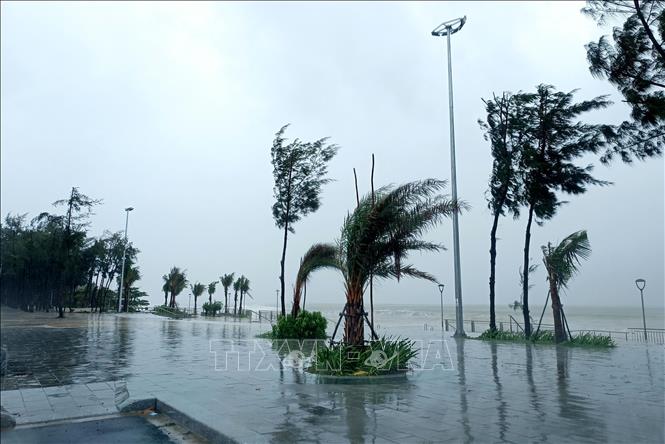
In the next 24 hours, the storm will move northwest, reaching its strongest intensity of level 11, gusting to level 13 (when in the northern area of Hoang Sa special zone). From tomorrow, October 21, the storm will interact with cold air, possibly changing both its direction of movement and intensity.
Due to the influence of the storm circulation, combined with other weather patterns, from October 22 to 26, the Central region, especially from Ha Tinh to Quang Ngai, is likely to experience widespread heavy rain lasting for many days, with some places experiencing very heavy rain over 900 mm; there is a high risk of flash floods and landslides in mountainous areas, flooding in low-lying areas and urban areas; floods on rivers from Quang Tri to Quang Ngai are likely to rise above alert level 3.
This is a complex storm with a high risk of heavy rain lasting for many days over a large area, causing major floods, deep inundation, flash floods, landslides in many localities. Implementing the Prime Minister's Official Dispatch No. 200/CD-TTg dated October 20, 2025 and Official Dispatch No. 78/CD-BXD dated October 20, 2025 of the Ministry of Construction on focusing on proactively responding to storm No. 12 and heavy rain, floods, landslides, flash floods; The Vietnam Road Administration requests the above agencies and units to monitor, update, and grasp the developments of the storm; Focus on leadership, direction, review, update plans, and be ready to immediately deploy response measures to storm No. 12 with a decisive spirit, early and from afar to ensure people's lives and safety, minimize damage to people's and state's property, and avoid being passive or surprised in any situation.
For Road Management Areas (QLDB), Departments of Construction, investors, and BOT project enterprises, it is necessary to closely monitor the developments of storm No. 12; proactively deploy traffic assurance plans and take measures to protect road works, bridges, culverts, warehouses, vehicles, and construction machinery to limit damage caused by storm No. 12; prepare bridge girders, buoys, spare materials, machinery, equipment, vehicles, and human resources to be ready to ensure traffic when incidents occur; maintain forces and vehicles ready to participate in rescue operations to ensure traffic to minimize the level of damage.
In addition, the National Highway Management Areas coordinate with the Departments of Construction and local authorities to review and complete scenarios, response plans, traffic diversion, assign guards, install buoys, barriers, and signals at flooded locations, overflow tunnels, broken roads, and landslides; control traffic, proactively regulate traffic; prohibit roads at dangerous locations of overflow tunnels, bridges, ferries, etc. on national highways in areas affected by storms and floods, and resolutely not allow people and vehicles to enter these locations to ensure traffic safety for people and vehicles.
For major landslide locations causing traffic congestion, it is necessary to immediately send leaders of the Highway Management Area and leaders of the Department of Construction to the scene, immediately deploy a remote traffic diversion plan and proactively coordinate with the Traffic Police and local authorities to diversion; at the same time, promptly fix the problem, mobilize maximum machinery, equipment and human resources available in the area to ensure traffic clearance in the fastest time.
Units have plans to relocate equipment, assets and brace houses to cope with storm No. 12; check and evaluate the condition of bridges in the affected area of storm No. 12; for weak bridges, it is necessary to organize regular monitoring and timely handling when bad weather affects operations to ensure the safety of the works as well as the safety of people and vehicles traveling over the bridge.
Project Management Boards 4 and 5 shall proactively implement disaster recovery work and ensure smooth traffic, ensure safety for people, construction equipment and unfinished construction items; proactively develop plans to prevent the harmful effects of natural disasters to ensure the safety of completed construction volume, ensure traffic safety and safety for auxiliary works, construction equipment, material warehouses, workshops, and living quarters of officers and workers; coordinate with the local Steering Committee for Disaster Prevention and Search and Rescue to organize a rescue force to ensure 24/24 traffic and regularly report the developments and impacts of storm No. 12 to the Steering Committee for Disaster Prevention and Search and Rescue of the Vietnam Road Administration at the phone number "1900.54.55.70 - extension 3".
Source: https://baotintuc.vn/xa-hoi/tap-trung-chu-dong-ung-pho-voi-bao-so-12-va-mua-lon-lut-sat-lo-dat-20251021164831275.htm


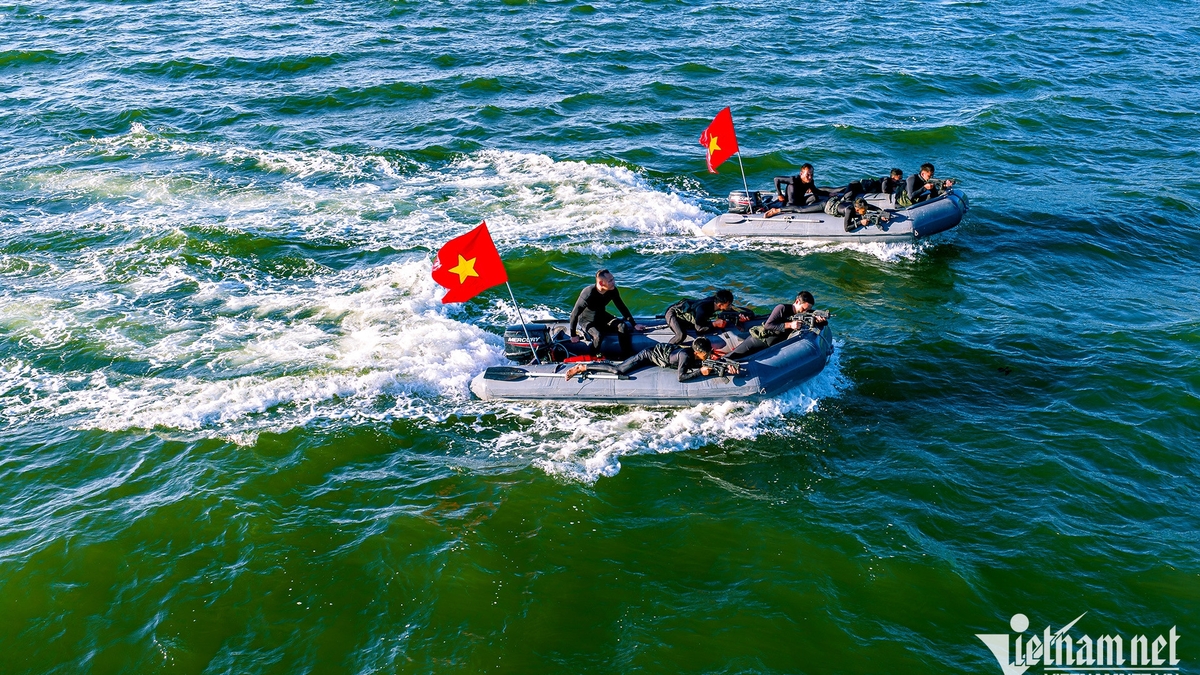

![[Photo] Prime Minister Pham Minh Chinh chairs meeting on nuclear power plant construction](https://vphoto.vietnam.vn/thumb/1200x675/vietnam/resource/IMAGE/2025/10/22/1761137852450_dsc-9299-jpg.webp)

![[Photo] Da Nang: Shock forces protect people's lives and property from natural disasters](https://vphoto.vietnam.vn/thumb/1200x675/vietnam/resource/IMAGE/2025/10/22/1761145662726_ndo_tr_z7144555003331-7912dd3d47479764c3df11043a705f22-3095-jpg.webp)

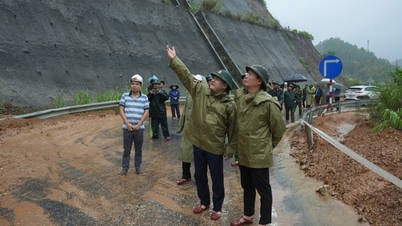

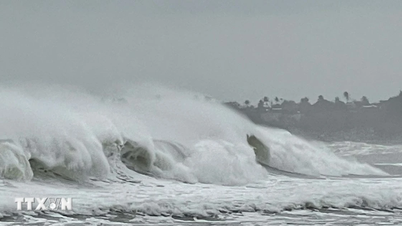

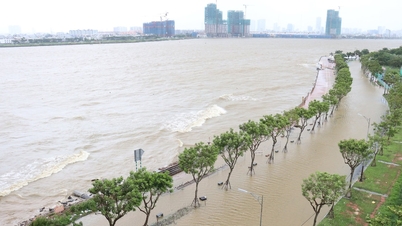

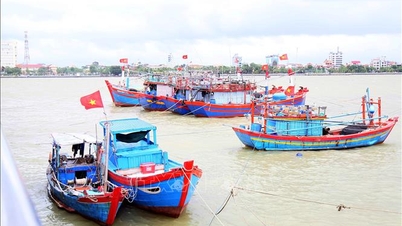
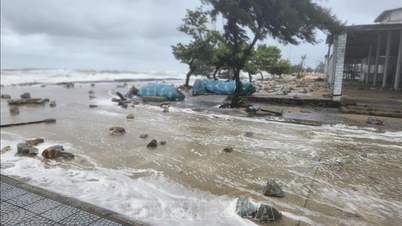
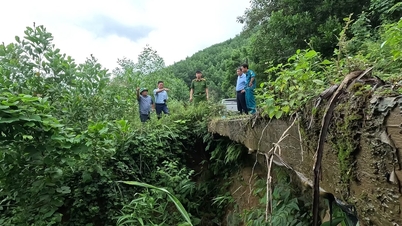


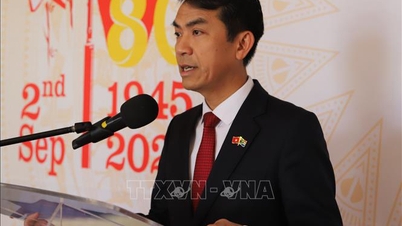
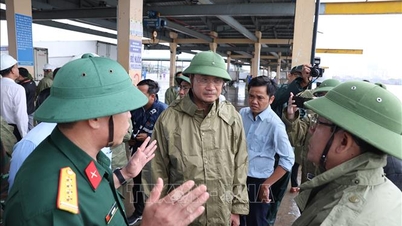

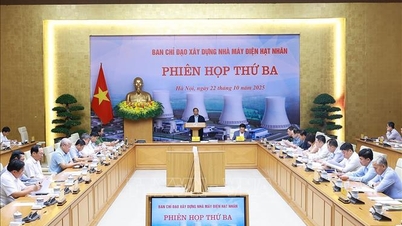




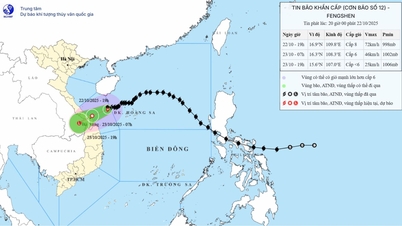
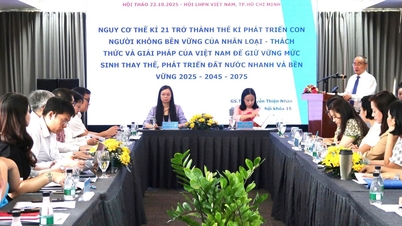



























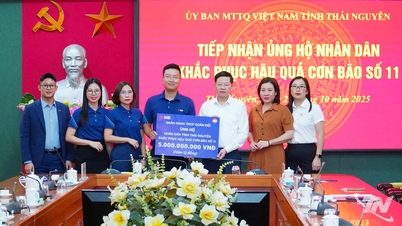



















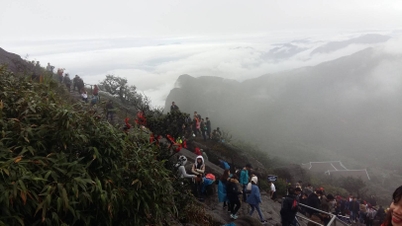

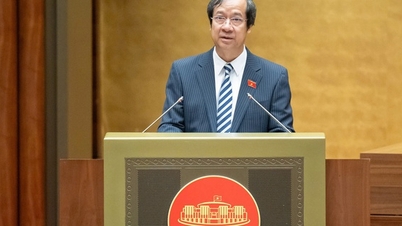



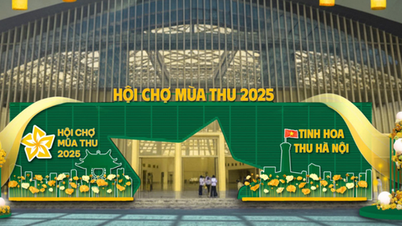







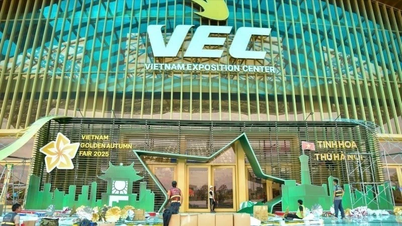



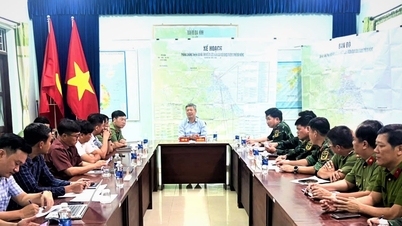











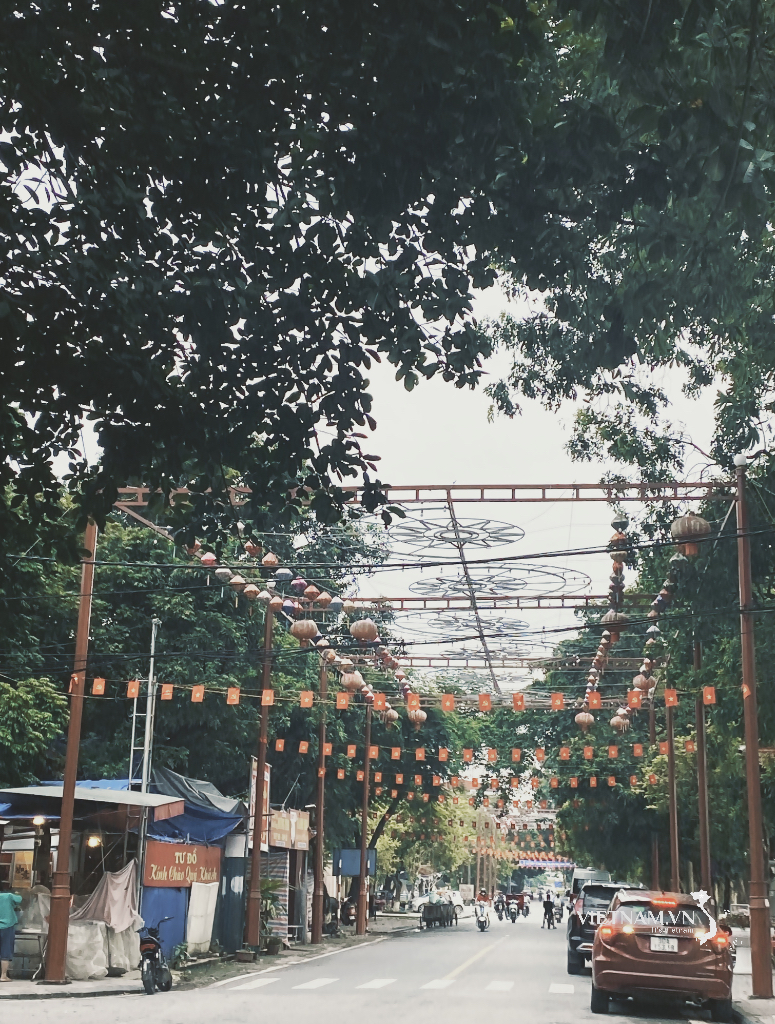



Comment (0)